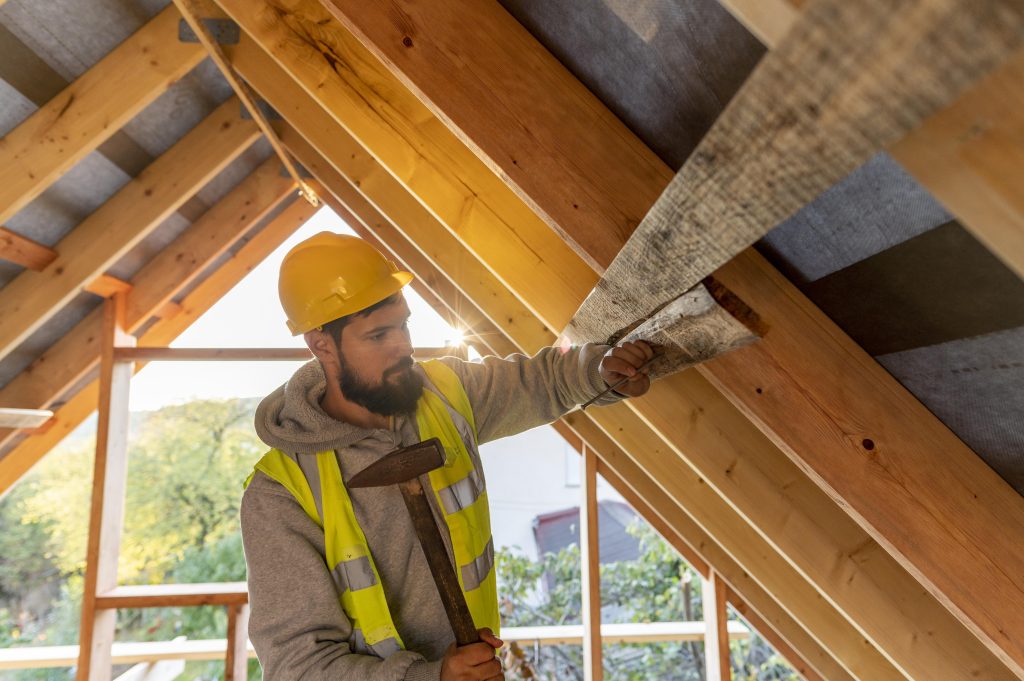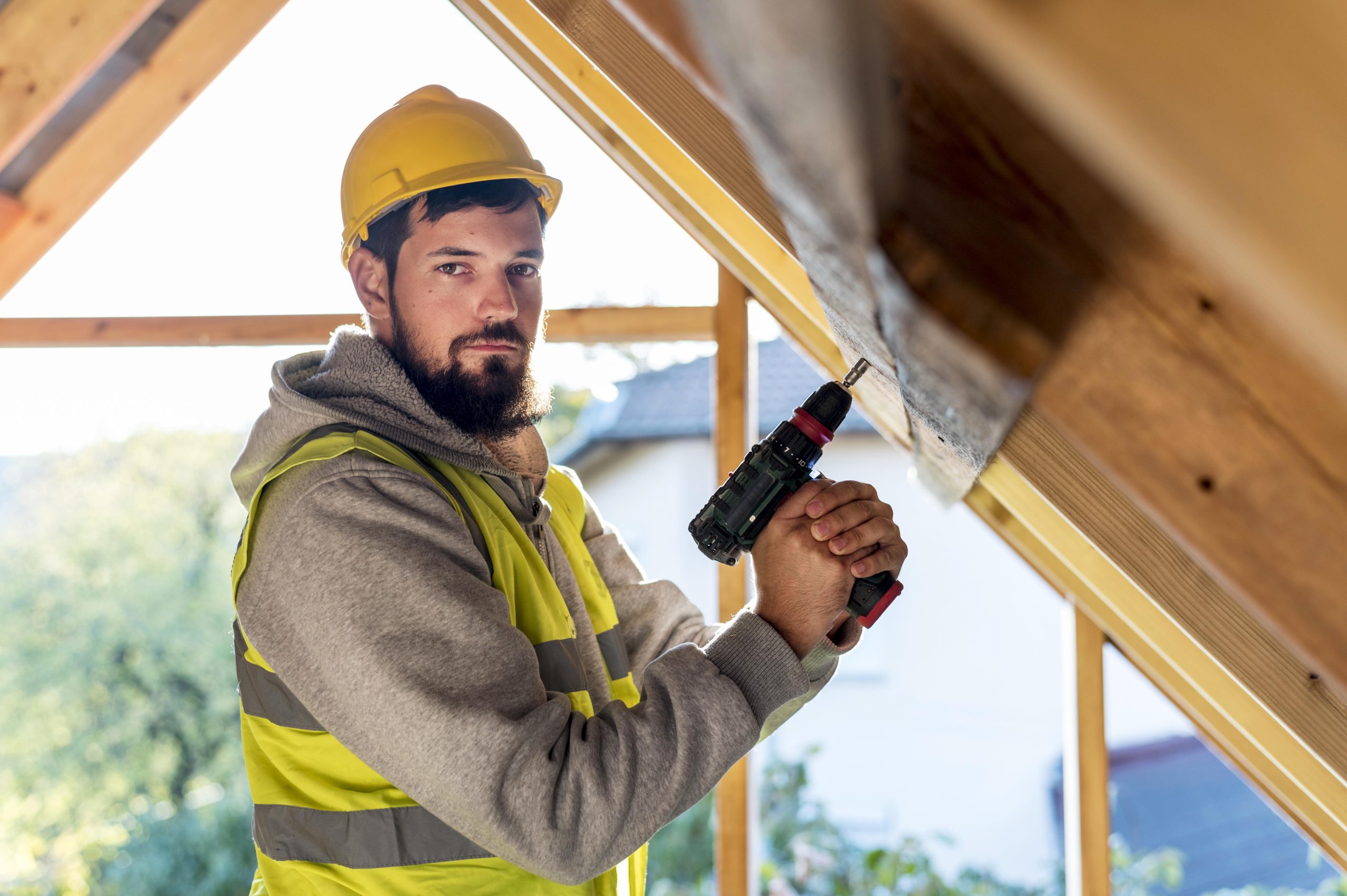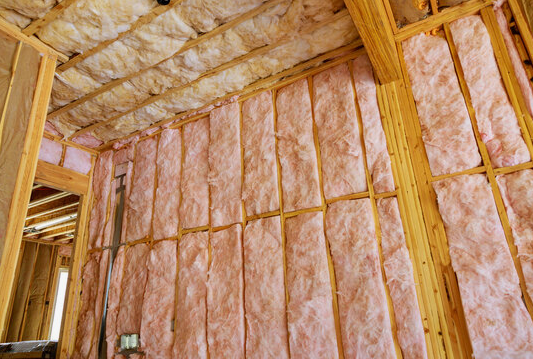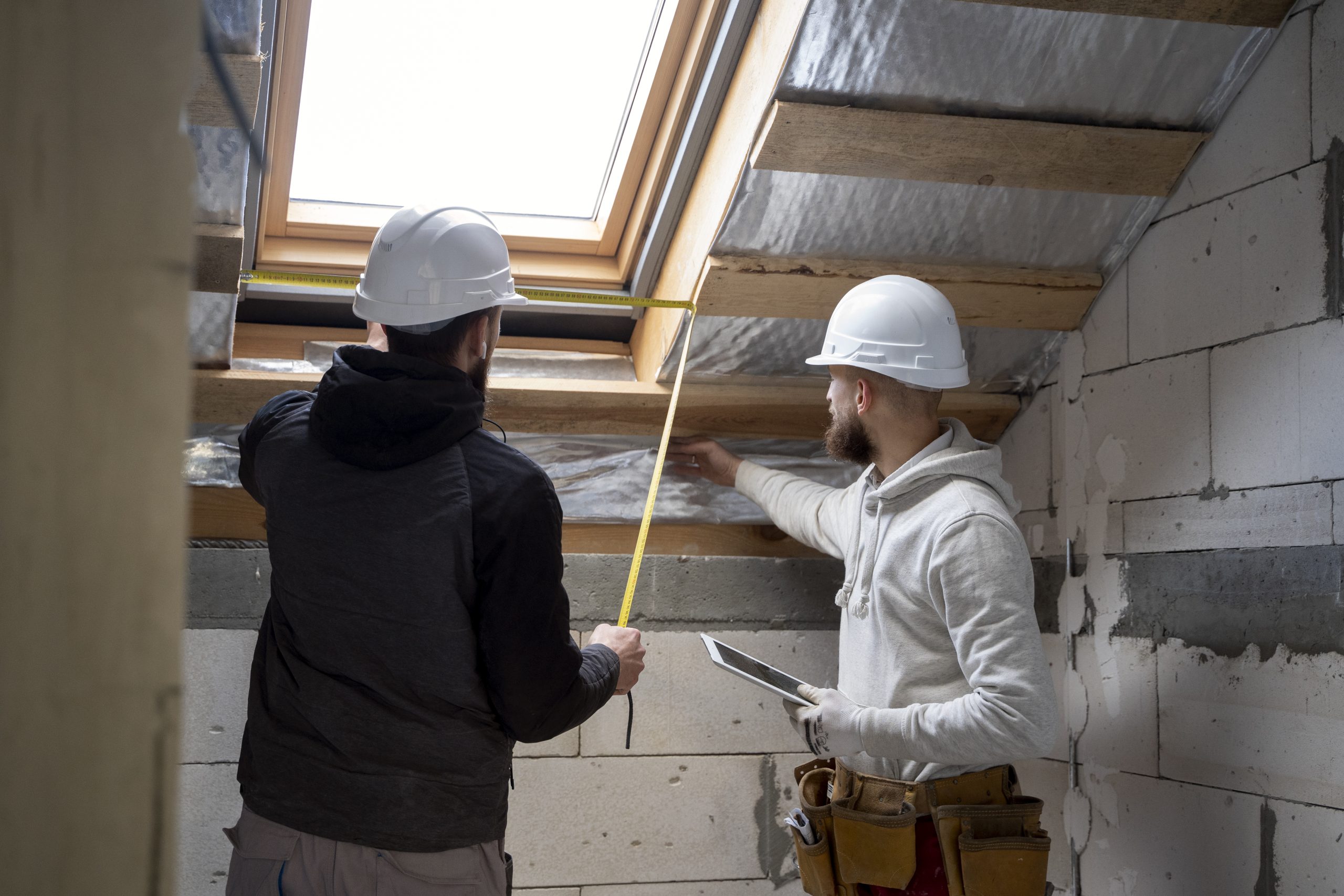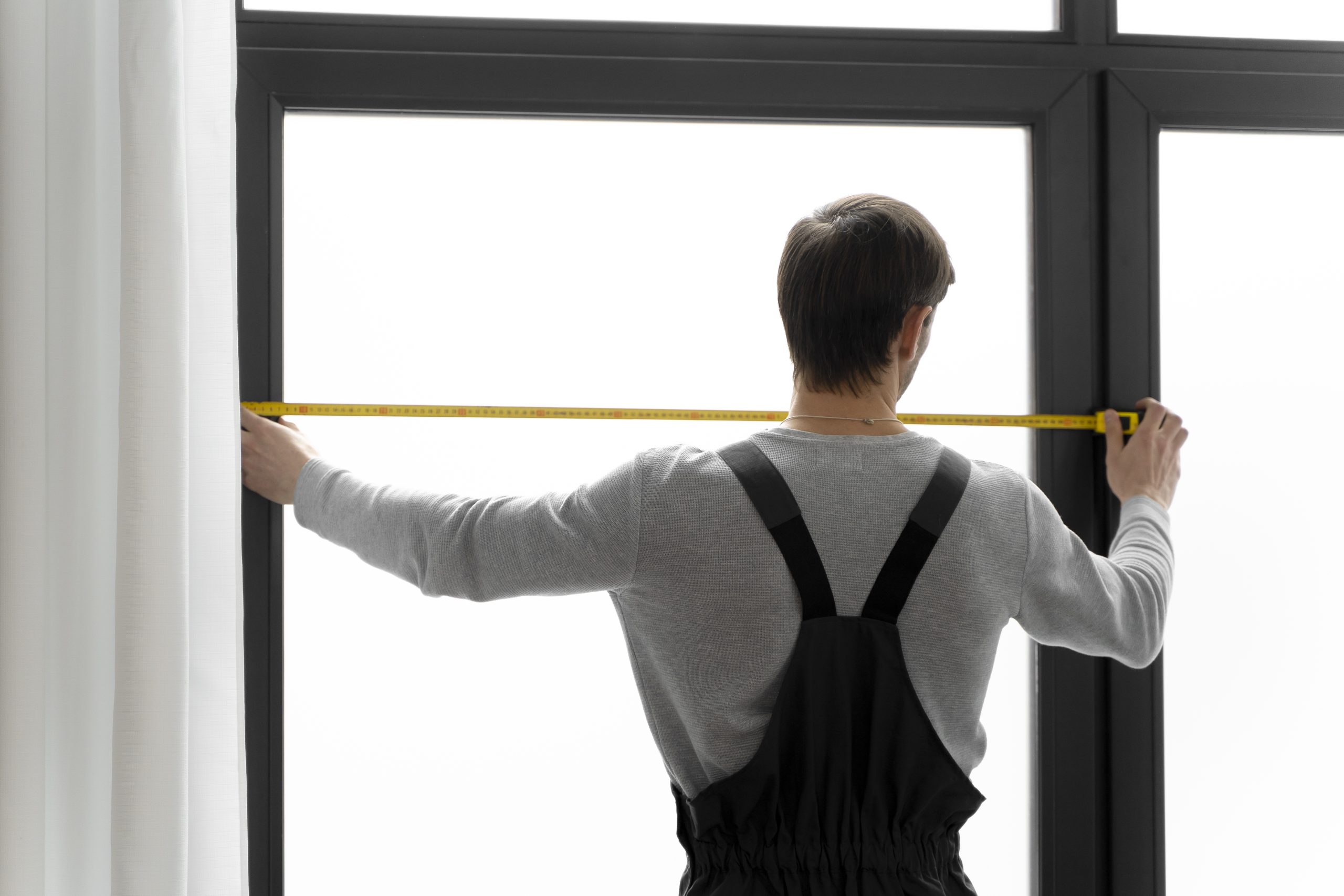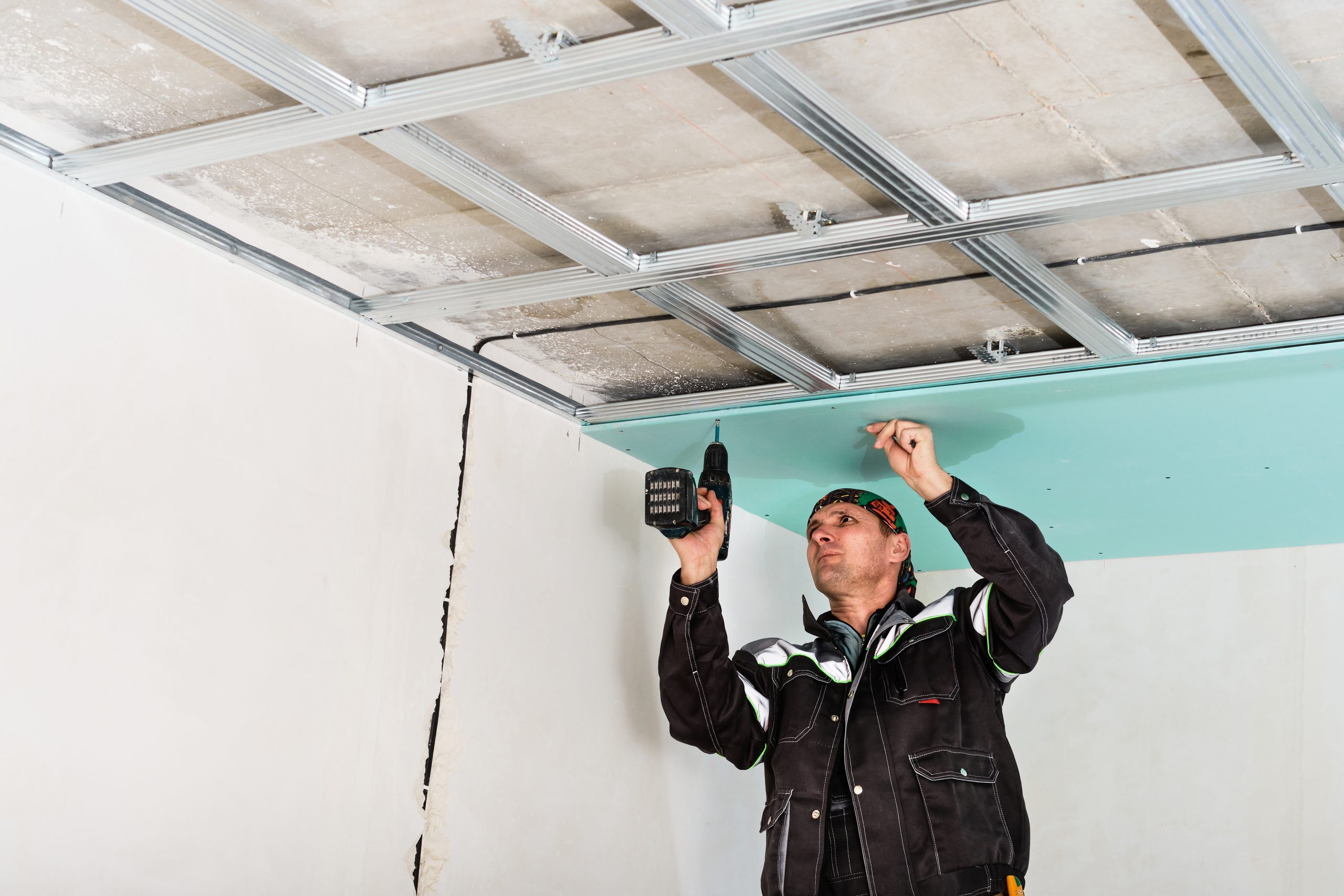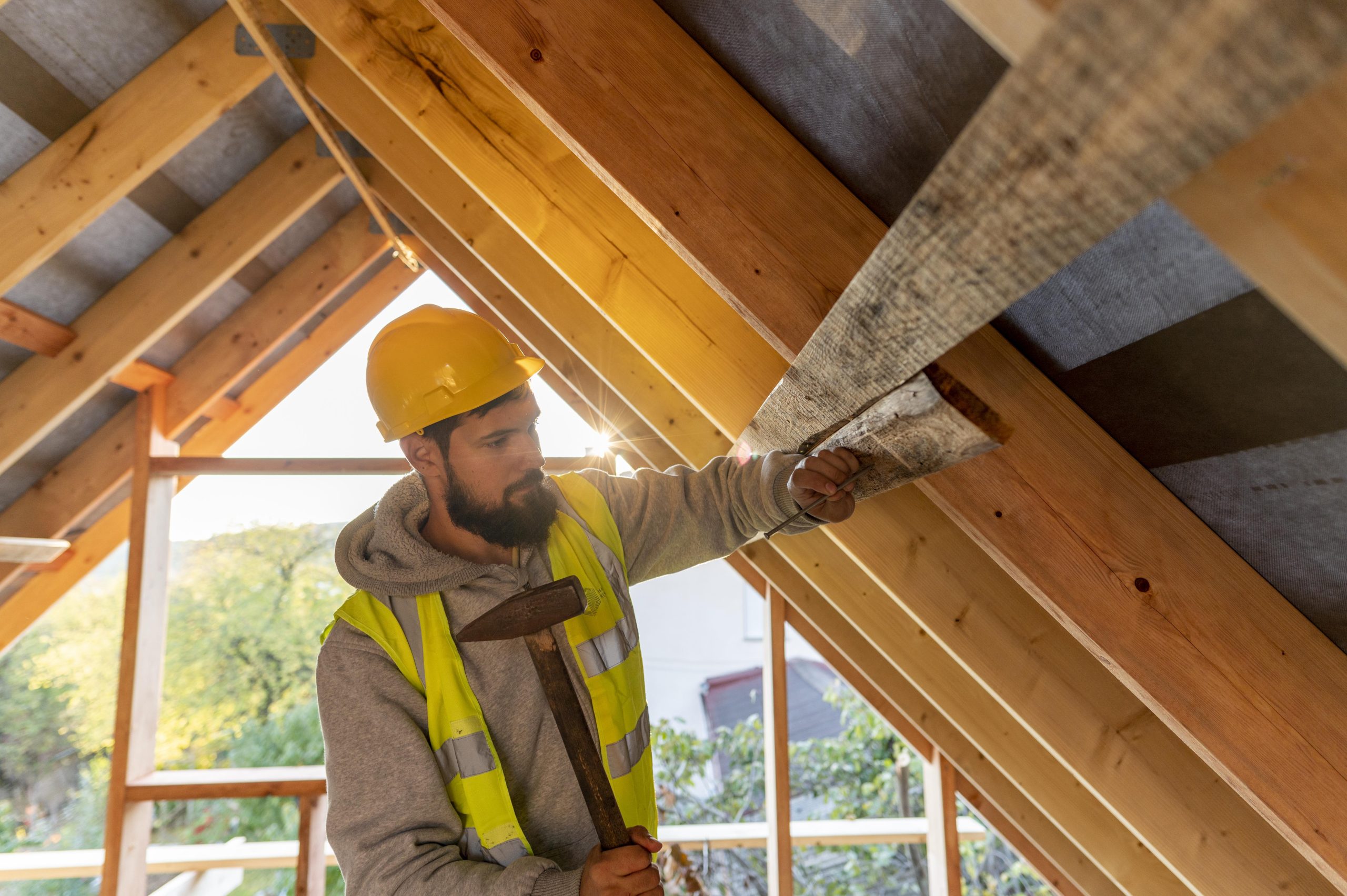Introduction
Roof insulation plays a vital role in creating a comfortable and energy-efficient home. Whether you’re building new or upgrading your existing insulation, knowing the right roof insulation types available can help you make a well-informed decision. Each insulation material offers distinct advantages depending on your roof structure, climate, and energy goals.
In this comprehensive guide, we’ll break down the different types of roof insulation, explore their pros and cons, and help you determine which one is right for your needs. We’ll also touch on professional installation considerations and answer the most frequently asked questions.
Why Roof Insulation Is Essential
Before examining the types, it’s crucial to understand the importance of roof insulation in your home. A properly insulated roof:
- Maintains consistent indoor temperatures year-round
- Reduces heating and cooling costs
- Improves energy efficiency
- Minimizes moisture-related issues
- Enhances home resale value
Your roof is a major barrier between your home and the elements. Without sufficient insulation, your HVAC system works harder, your energy bills soar, and your indoor comfort drops.
Common Roof Insulation Types
1. Blanket Insulation (Batts and Rolls)
Blanket insulation is one of the most widely used and accessible roof insulation types. It usually consists of fiberglass, although mineral wool, cotton, and plastic fibers are also available.
Advantages:
- Cost-effective
- Easy to install (great for DIY)
- Readily available at hardware stores
- Suited for standard joist spacing
Disadvantages:
- Less effective in tight or irregular spaces
- Requires precise installation to prevent gaps
Ideal Use: Unfinished attics with open joists where the material can be laid or rolled out easily.
2. Rigid Foam Board Insulation
Rigid foam insulation boards offer high thermal resistance and are suitable for both new constructions and retrofits.
Types of foam boards:
- Expanded polystyrene (EPS)
- Extruded polystyrene (XPS)
- Polyisocyanurate (PIR)
Advantages:
- High R-value per inch
- Moisture-resistant
- Durable and long-lasting
Disadvantages:
- Higher cost
- Requires cutting and fitting around obstructions
Ideal Use: Flat or low-slope roofs, attic walls, or beneath roof sheathing.
3. Spray Foam Insulation
As featured in our Spray Foam Insulation blog, spray foam is a premium choice for air sealing and insulation.
Types:
- Open-cell foam: More flexible and affordable
- Closed-cell foam: Higher R-value and moisture resistance
Advantages:
- Superior air sealing
- High R-value
- Adds structural integrity
- Effective in hard-to-reach areas
Disadvantages:
- Expensive upfront
- Requires professional installation
Ideal Use: All roof types, particularly when air sealing and moisture control are priorities.
4. Reflective or Radiant Barrier Insulation
Radiant barriers reflect heat away rather than absorb it, making them perfect for warm climates.
Materials Used:
- Aluminum foil
- Foil-faced plastic or cardboard
Advantages:
- Reduces attic temperatures in summer
- Lightweight and easy to install
- Can complement other insulation types
Disadvantages:
- Limited effectiveness in cold climates
- Must be installed with proper air space
Ideal Use: Homes in hot, sunny regions, especially with metal or shingle roofs.
5. Loose-Fill (Blown-In) Insulation
Loose-fill insulation uses a blowing machine to distribute materials like cellulose or fiberglass.
Advantages:
- Great for filling irregular spaces and cavities
- Quick installation
- Fire- and pest-resistant (especially cellulose)
Disadvantages:
- Settles over time, reducing R-value
- Professional equipment often required
Ideal Use: Retrofit jobs, unfinished attics, or topping off existing insulation.
Comparing Roof Insulation Types
Here’s a comparison of different roof insulation types based on cost, R-value, and suitability:
| Insulation Type | R-Value per Inch | Cost | Best For |
| Blanket (Batts/Rolls) | 2.9 – 3.8 | $$ | Standard joist attics |
| Rigid Foam Boards | 4.0 – 6.5 | $$$ | Roof decks, flat roofs |
| Spray Foam (Closed-Cell) | 6.0 – 7.0 | $$$$ | Air sealing, moisture-prone areas |
| Radiant Barriers | N/A (reflective) | $ | Hot climates, supplemental insulation |
| Loose-Fill/Blown-In | 2.2 – 3.8 | $$ | Existing homes, non-standard attic spaces |
Factors to Consider When Choosing Insulation
When evaluating roof insulation types, consider these factors:
- Climate: Cold climates need higher R-values; hot climates benefit from reflective barriers.
- Budget: Foam board and spray foam are pricier but more efficient.
- Roof Structure: Pitched vs. flat, access limitations, and existing materials.
- Moisture Risk: Closed-cell spray foam or moisture-resistant boards are ideal.
- DIY vs. Professional Install: Blanket insulation is DIY-friendly; spray foam is not.
A consultation with an roof insulation expert, like WeatherTek Insulation, can help you determine the ideal choice.
Why Professional Installation Is Important
No matter which insulation you choose, professional installation ensures maximum performance. At WeatherTek Insulation, our expert attic insulation services guarantee:
- Accurate R-value assessment for your home’s zone
- Proper air and vapor barrier integration
- Sealing of thermal gaps and moisture risks
- Adherence to local building codes
- Long-term energy savings
Hiring a certified team ensures your investment yields real comfort and efficiency benefits.
Frequently Asked Questions (FAQs)
1. What is the most energy-efficient roof insulation types?
Closed-cell spray foam is often the most energy-efficient due to its high R-value, moisture resistance, and air-tight seal.
2. How often should roof insulation be replaced?
Insulation typically lasts 15–30 years. However, if it’s damaged by moisture, pests, or compression, earlier replacement may be needed.
3. Is spray foam insulation safe?
Yes. Once cured, spray foam is safe and non-toxic. It must be installed by licensed professionals following proper ventilation guidelines.
4. Can I combine different roof insulation types?
Yes, combining radiant barriers with batts or foam boards can enhance performance, especially in variable climates.
5. What R-value should I aim for in roof insulation?
This depends on your region. In colder areas, R-38 to R-60 is recommended; in warmer zones, R-30 to R-49 may suffice.
Final Thoughts
There’s no one-size-fits-all solution when it comes to roof insulation types. The right choice depends on your home’s structure, climate, energy goals, and budget. Whether you opt for affordable batts or high-performance spray foam insulation, proper installation is key.
Looking for professional attic insulation services in Rhode Island? Contact WeatherTek Insulation today to schedule your free consultation and energy audit. Let us help you create a healthier, more efficient home from the top down.


